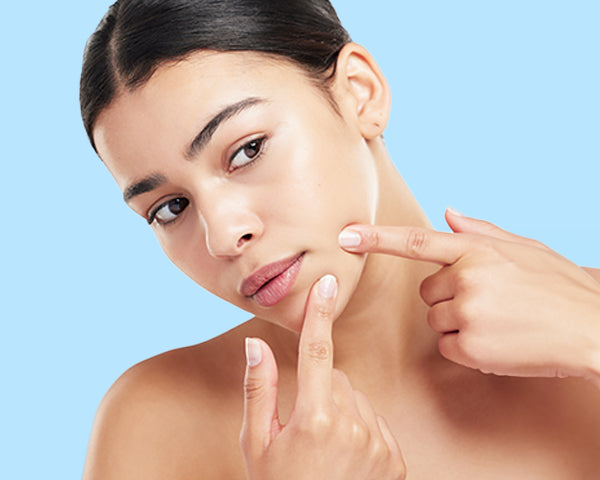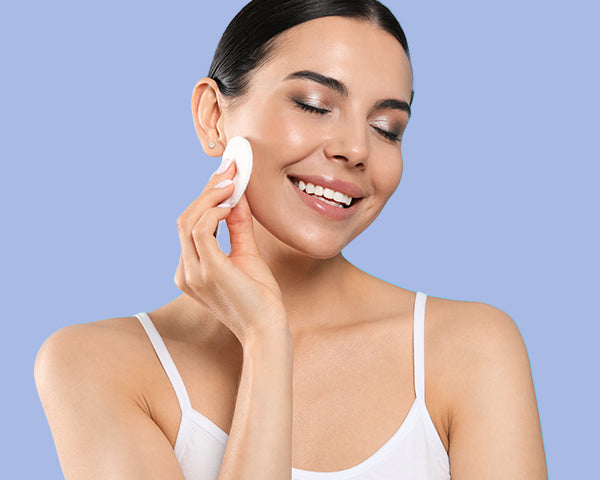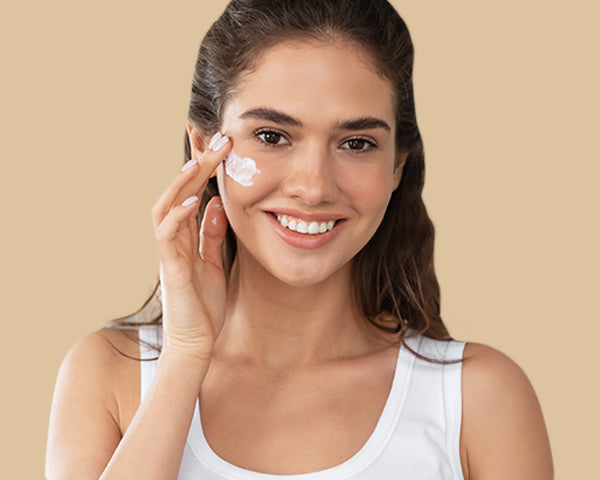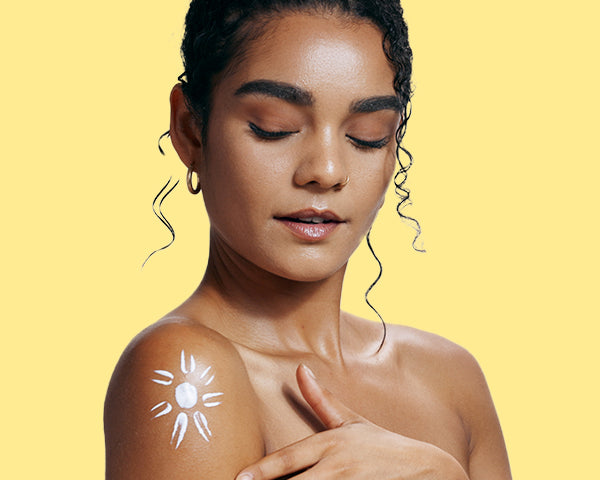In This Blog
Your skin is the body’s largest organ, and it deserves to be treated like royalty. Whether you’re just starting your skincare journey or refining your existing routine, there’s one product that can make or break your glow: your moisturizer.
This guide will help you understand what a moisturizer does, when to use it, how to use it correctly, and how to choose one that actually suits your skin type. Because once you nail this step, your entire skincare routine becomes more effective.
What Is a Moisturizer?
A moisturizer is a topical skincare product that hydrates the skin and strengthens its natural barrier. It’s designed to retain water in the outermost layer of the skin (stratum corneum) and protect against environmental aggressors like pollution and extreme weather.

Key Components of Most Moisturizers:
- Humectants (e.g., glycerin, hyaluronic acid): Draw moisture from the air and deeper skin layers to hydrate the surface.
- Emollients (e.g., squalane, shea butter, fatty acids): Smooth skin by filling in micro-cracks between skin cells.
- Occlusives (e.g., petrolatum, dimethicone, lanolin): Form a protective barrier to seal in hydration and prevent water loss.
What Happens When You Moisturize Daily?

- Hydration Maintenance: Prevents transepidermal water loss (TEWL), keeping skin supple.
- Barrier Repair: Strengthens the skin’s lipid layer to fight external stressors.
- Anti-Aging Benefits: Well-moisturized skin has fewer visible fine lines and better elasticity.
- Reduces Irritation: Helps calm skin that’s sensitive or inflamed.
- Improves Texture: Smooth skin helps makeup apply better and enhances your natural glow.
Did you know? Even oily skin types need hydration, skipping moisturizer can actually trigger more oil production.
How to Apply Moisturizer (Step-by-Step)

- Start with a Clean Face: Use a gentle cleanser suitable for your skin type.
- Apply to Damp Skin: For maximum absorption, apply your moisturizer within 60 seconds of washing.
- Use the Right Amount: A pea-sized amount usually covers the face. Use more for neck and chest.
- Gently Pat In: Avoid rubbing, use upward, outward strokes to distribute the product.
- Layer Properly: Apply after serums but before sunscreen (in the morning).
How Often? Morning and night, every single day—even if your skin feels oily or “normal.”
How to Choose the Right Moisturizer for Your Skin

| Skin Type | Look For |
|---|---|
| Dry or Dehydrated | Creams with ceramides, shea butter, hyaluronic acid, and squalane. |
| Oily / Acne-Prone | Lightweight gels or lotions with niacinamide, zinc, or panthenol. Must be non-comedogenic. |
| Sensitive | Products with soothing agents like aloe vera, colloidal oatmeal, or allantoin. |
| Combination | Gel-cream hybrids or use different products for oily (T-zone) and dry (cheeks) areas. |
| Mature / Aging | Moisturizers with peptides, antioxidants (vitamin C, E), and retinoid-compatible ingredients. |
Different Types of Moisturizers (Textures Explained)
- Creams: Thick, rich, ideal for dry or mature skin, especially in colder months.
- Lotions: Lighter than creams, good for normal or slightly dry skin.
- Gels: Water-based, fast-absorbing, perfect for oily, acne-prone, or humid climates.
- Ointments: Thickest and most occlusive, ideal for severely dry or compromised skin (e.g., eczema-prone).
- Balms: Often oil-based and concentrated, best for targeted areas or night repair.
Pro Tip: Your moisturizer may change with the season, gel in summer, cream in winter is a common switch.
Final Takeaway: Moisturizer Is Non-Negotiable
Still unsure if you’ve picked the right moisturizer? Here’s your checklist:
- Does your skin feel dry, oily, or sensitive despite moisturizing?
- Do you often break out or experience tightness or flaking?
- Does your moisturizer sit on your skin instead of sinking in?
If you answered “yes” to any of the above, it’s time for a switch.

















